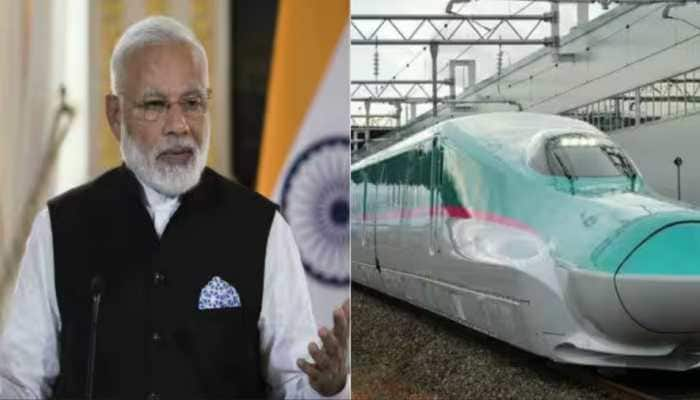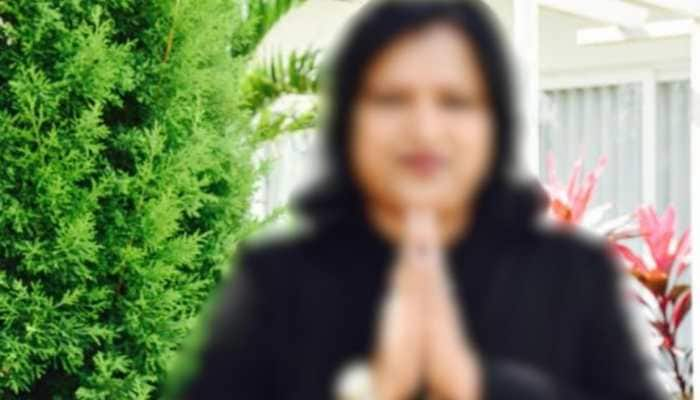Navroz 2020: Here's everything you need to know about the Parsi New Year
Navroz is celebrated to mark the beginning of the new Persian calendar. In the Persian language 'Nav' means new, and 'Roz' that stands for - New Day.
- The Parsi community follows the religion Zoroastrianism, which was founded by Zarathustra in Persia
- An elaborate feast is set up and friends and family gather to celebrate the day together
- This year, Navroz is being celebrated on August 16
Trending Photos
) Image used for representation only (Courtesy: Pixabay)
Image used for representation only (Courtesy: Pixabay) New Delhi: The Parsi New Year is called 'Navroz' or 'Nowruz', which means a 'New Day'. Navroz marks the beginning of a fresh year for the Parsis. It is celebrated to mark the beginning of the new Persian calendar. In the Persian language 'Nav' means new, and 'Roz' that stands for - New Day.
The Parsi community follows the religion Zoroastrianism, which was founded by Zarathustra in Persia. It is believed that king Jamshed introduced the Parsi calendar and hence the Parsi New Year is also known as Jamshed-i-Nouroz. The holy festival is marked by grand celebrations and the atmosphere is full of positivity and prayers. This year, Navroz is being celebrated on August 16.
Here are a few rituals observed on this day:
An elaborate feast is set up and friends and family gather to celebrate the day together. People exchange gifts, cook delicious meal, the children are given money from elders.
To bring in luck and prosperity, people keep an illuminated lamp in their homes. Some other objects that are kept are a fish in a bowl filled with water and an earthenware plate with sprouted beans or wheat on them.
To bring sweetness in relationships, some sweets are kept along with rosewater sprinkled in water bowls.
Another ritual is to keep some painted eggs in order to bring productivity.
In the Parsi culture, the number seven is a revered number as it signifies the seven elemental forces of earthly life. Therefore, a 'Half Seen' table is set up which includes seven symbolic elements, all starting with the 'S' sound. These elements are Sabzeh, Senjed, Samanu, Sir, Serkejh, Sib and Sumac. This is the most important ritual performed.
Stay informed on all the latest news, real-time breaking news updates, and follow all the important headlines in india news and world News on Zee News.
Live Tv







)
)
)
)
)
)
)
)
)
)
